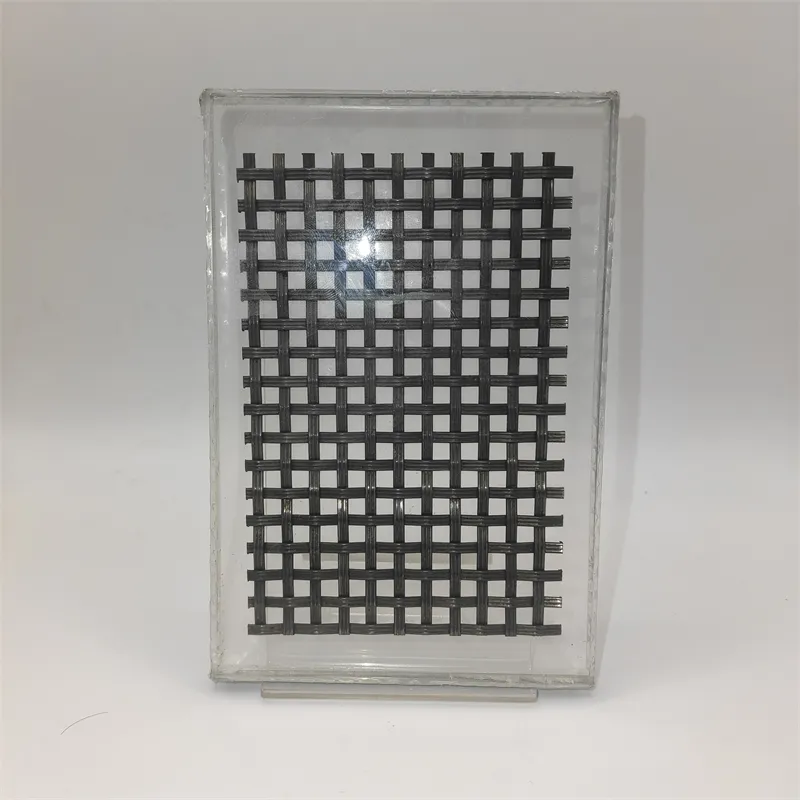Nov . 29, 2024 22:19 Back to list
Privacy Enhancing One Way Window Technology for Modern Spaces and Applications
The Allure of One-Way Glass Windows
One-way glass windows, often referred to as one-way mirrors, have long fascinated architects, designers, and everyday individuals alike. These intriguing panes of glass not only transform the aesthetics of a space but also alter the dynamics of privacy and visibility. In this article, we will explore the construction, applications, benefits, and cultural implications of one-way glass windows, illuminating why they have become increasingly popular in modern architecture and interiors.
Understanding One-Way Glass
At its core, one-way glass is a specially treated type of glass that allows for varying degrees of visibility depending on lighting conditions. On one side, it appears transparent, while on the other, it reflects light, creating a mirror-like effect. This phenomenon occurs because of a difference in illumination between the two sides. When a well-lit environment faces a darker space, the darker side becomes concealed, providing a privacy barrier for those inside.
One-way glass achieves its unique properties through a coating that inhibits the transmission of light. This coating can vary in thickness and type, determining how effectively the glass can serve its dual purposes allowing light in while providing a shield against prying eyes.
Applications in Architecture and Design
One-way glass is utilized in a myriad of applications, from residential homes to commercial buildings. In offices, it is often used for conference rooms and executive offices, allowing professionals to conduct meetings without sacrificing the openness of a collaborative workspace. Similarly, in retail settings, one-way glass can create the illusion of space while offering security and preventing theft, as store personnel can see outside without being seen.
The innovation of one-way glass extends beyond simple utilities; it enhances the aesthetic appeal of a building. For instance, it can be used in modern facades, providing a sleek appearance while reflecting the surrounding environment. The integration of one-way glass can give structures an airy feel, making them more inviting and visually stimulating.
Benefits of One-Way Glass
one way glass window

The advantages of one-way glass go far beyond its aesthetic appeal. Firstly, it enhances privacy, making it an invaluable addition to spaces where confidentiality is paramount. In healthcare settings, for example, one-way glass can be employed in medical examination rooms, ensuring patient privacy while allowing medical staff to monitor situations discreetly.
Additionally, one-way glass contributes to energy efficiency. By reducing the need for interior lighting during daylight hours due to its ability to let natural light in while blocking UV rays, it can help decrease utility costs. This eco-friendly aspect aligns with contemporary architectural practices that prioritize sustainability.
Moreover, one-way glass can also enhance security. Particularly in homes, it can deter potential intruders by making it difficult for them to see inside while providing clear visibility for the occupants. This added layer of security has made one-way glass a sought-after feature in many residential designs.
Cultural Implications
The rise of one-way glass also touches on deeper cultural themes like surveillance and security. In contemporary society, where privacy concerns are increasingly prevalent, the use of one-way glass reflects a complex relationship with visibility and invisibility. It allows individuals to control what is seen and what remains hidden, thereby influencing how spaces are used.
However, this duality poses questions about trust and awareness. In settings where one-way glass is prevalent, individuals may feel scrutinized or monitored, leading to an awareness of being observed that can affect behavior and dynamics. Therefore, while one-way glass serves its practical function, it remains essential to approach its use thoughtfully, ensuring that it promotes a positive environment rather than a sense of paranoia.
Conclusion
In summary, one-way glass windows represent a compelling intersection between function, aesthetics, and cultural significance. As architecture continues to evolve, the role of one-way glass will likely expand, adapting to meet the needs of modern society while balancing privacy and transparency. Its innovative characteristics not only challenge our perceptions of space but also invite contemplation on the complexities of visibility in a world where boundaries between private and public are increasingly blurred. Whether in a corporate office, a bustling retail store, or a cozy home, the allure of one-way glass windows remains undeniable, transforming the way we experience and interact with our surroundings.
-
Safety and Style with Premium Laminated Glass Solutions
NewsJun.24,2025
-
Reinvents Security with Premium Wired Glass
NewsJun.24,2025
-
Premium Float Glass Line for Modern Architecture
NewsJun.24,2025
-
Low Emissivity Glass for Energy-Efficient Architecture
NewsJun.24,2025
-
High-Performance Insulated Glass Solutions for Modern Architecture
NewsJun.24,2025
-
Elevates Interior Style with Premium Silver Mirror
NewsJun.24,2025
Related PRODUCTS














